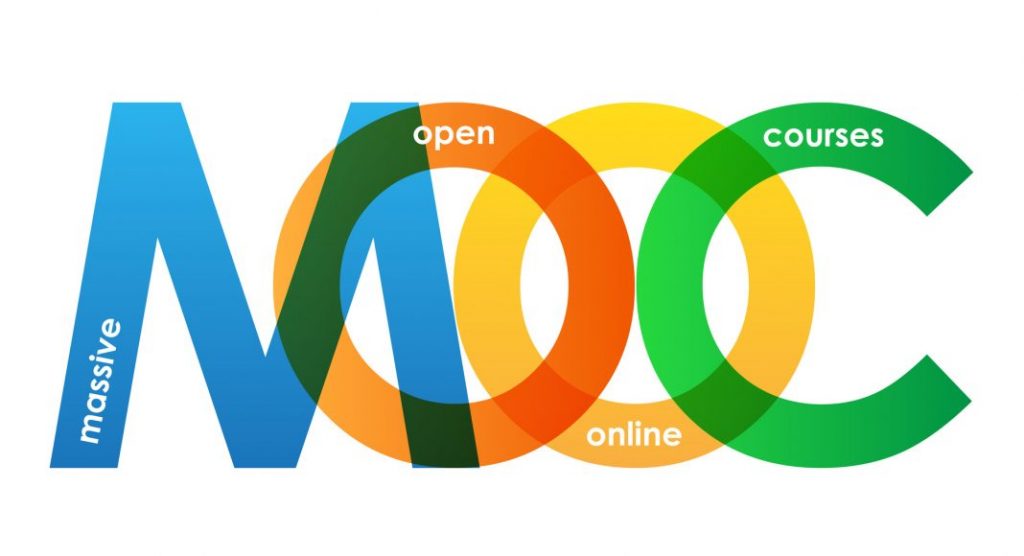20
Nov
Massive Open Online Courses
Massive Open Online Courses
Massive Open Online Courses (MOOC) is a free Web-based distance learning program that is designed for the participation of large numbers of geographically dispersed students.

- They are changing the world of education by providing free online courses for higher education, executive education, and employee development. These courses are provided by well-qualified lecturers from some of the most renowned institutes in the world.
- These courses provide virtual education to people from any corner of the world where there is accessibility to the internet. Massive open online courses are expected to complement the future of higher education in the world.
- MOOC has indeed played an important role in democratising education.
- Example: The government recently launched SWAYAM platform for open online courses.
- India is one of the largest countries in terms of MOOC learners, and MOOCs provide an efficient way to bridge Industry-University divide and upskilling for better opportunities.
- India has became the second largest market after the US.
Challenges
- However, MOOC platforms have in general failed as compared to the edu-tech startups that charge for every content, because of the low retention rate and rising affluence among students.
- Motivation to complete the course, and immediate doubt resolution are learners’ needs which cannot be met by MOOCs and often this leads to drop offs.
- The biggest shortcoming of MOOCs, especially when it comes to technical training is the lack of interactivity and real-life projects which live, online learning model can easily provide.
- More than 90 per cent of those who sign up for MOOC courses do not complete the courses and this throws up questions about the efficacy of the model.
Way Forward
- MOOCs need to take different forms to keep engagement high, monetise for sustaining and staying relevant. Partnered with universities, created tiered approach, enterprise solutions for reskilling and upskilling to reinvent themselves.
- For balancing the dichotomy of sustainability and access to all, businesses must look at Freemium models with a layered approach. Different pricing mechanisms for basic, with assignments/grading, with certification or mentor-led levels of the same courses are required.
- Freemium is a combination of the words “free” and “premium” used to describe a business model that offers both free and premium services. The freemium business model works by offering simple and basic services for free for the user to try and more advanced or additional features at a premium.
- B2B model can be adopted where MOOC platform can partner with several large corporates for skill development of their employees.
